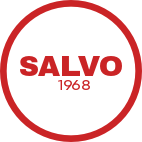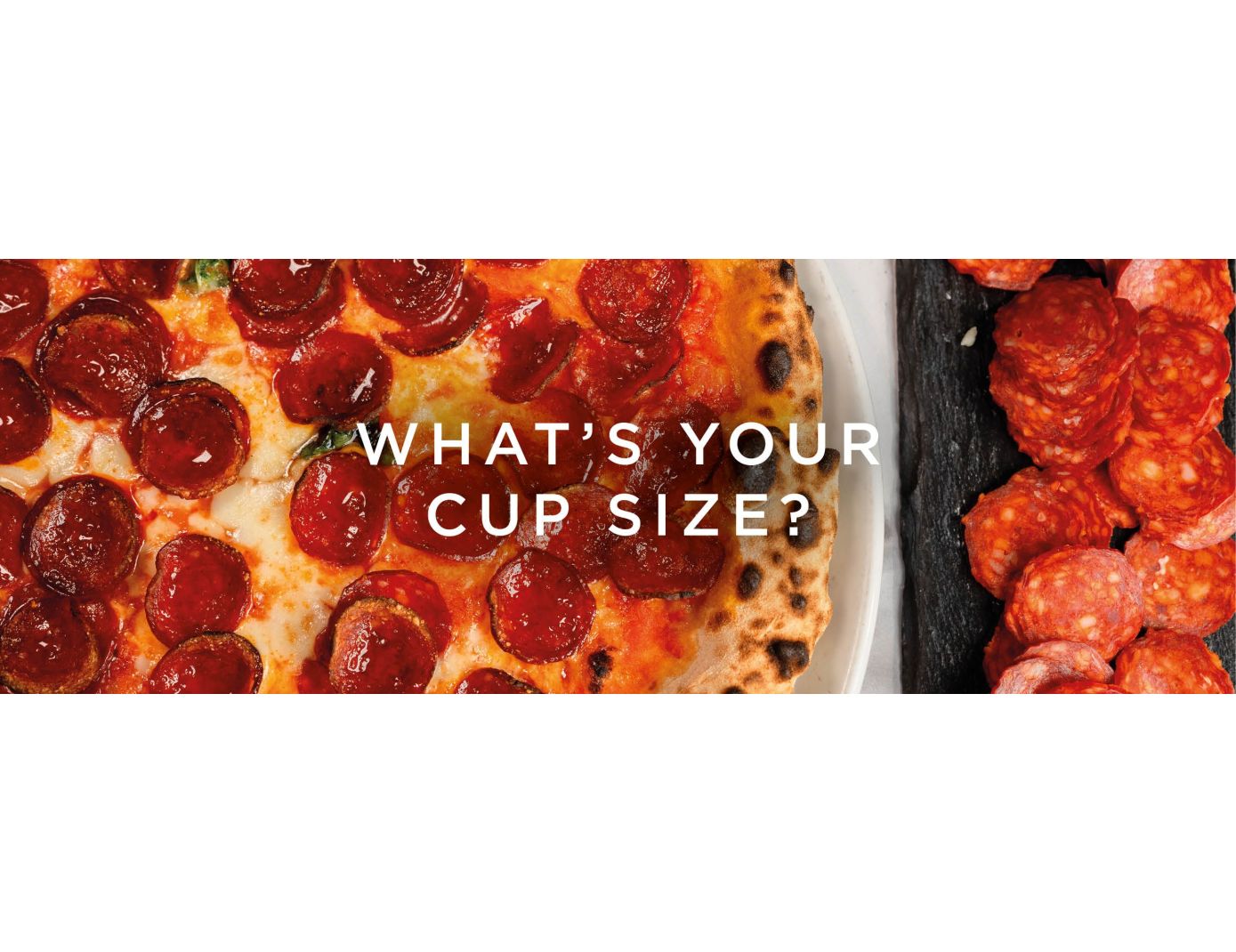What's Your Cup Size?
When you think of a classic pepperoni pizza, what comes to mind? Likely, it's the sight of bright red, succulent and oily slices of pepperoni, flat and evenly distributed atop a bubbling layer of cheese. This traditional image, however, is being upstaged by a rising star in the pizza universe: the "roni cup” coined by Ezzo Co. in New York. This trend, which transforms the flat pepperoni slice into a charred, crispy cup filled with its own oils, is not just a twist on an old favorite—it's an entirely new experience. But how did this trend come to capture the hearts (and taste buds) of pizza aficionados everywhere?
The Rise of ‘Roni Cups’
The phenomenon known as "roni cups" or "cup-and-char" pepperoni begins with its distinct shape and texture. Unlike their flat counterparts, roni cups curl up into small bowls as they cook, creating a unique texture that's crispy on the edges and chewy in the center. This transformation is due to the high edges and thinner center, allowing the edges to cook faster and curl upwards. The center of the cup collects the pepperoni's flavorful oils, adding a burst of taste with each bite.
The origins of roni cups can be traced back to pizzerias in Buffalo and the Midwest, where this style of pepperoni was a well-kept secret among local pizza connoisseurs. However, it wasn't until their recent introduction to the New York City pizza scene that roni cups started gaining widespread attention. A pivotal moment in this journey was when the pepperoni-cup-boom was quoted in Eater Magazine, praising the distinct flavor and texture of roni cups, sparking curiosity and interest among pizza lovers far and wide.
Ezzo Sausage Co. and the New York Scene
Central to the story of roni cups' rise in popularity is the Ezzo Sausage Co., a company that began supplying this specialty pepperoni to NYC in 2016. The introduction of Ezzo's high-quality pepperoni to the New York market marked a turning point, with several high-profile pizzerias quickly adopting roni cups as their topping of choice. This move distinguished these pizzerias from their competitors and set a new standard for what many consider the pinnacle of pizza toppings.
The embrace of roni cups by notable NYC pizzerias had a ripple effect, influencing the market and elevating the demand for this specialty product. The unique appearance and enhanced flavor profile of roni cups captured the imagination of both chefs and diners, leading to a surge in popularity that extended well beyond the borders of New York. As more pizzerias began to feature roni cups on their menus, the trend solidified its place in the pizza industry, transforming from a novelty into a beloved staple for pizza enthusiasts everywhere.
Social Media and the Roni Cup Phenomenon
The explosive growth of the roni cup trend owes a great deal to social media platforms, particularly Instagram. The visual appeal of these crispy, oil-filled cups is undeniable, making them a perfect subject for food photography. One notable example is Prince Street Pizza, whose "Spicy Spring" pizza, laden with generous amounts of roni cups, became an Instagram sensation. The allure of these charred, glistening cups against the backdrop of golden cheese and vibrant sauce turned each post into a viral hit, drawing pizza lovers from around the globe to experience this sensation firsthand.
This social media buzz has not only popularised roni cups but also highlighted the role of visual appeal and food trends in the digital age. The ability of a single image to influence trends and preferences and drive foot traffic to a restaurant underscores the transformative power of platforms like Instagram in the food industry. As a result, the roni cup phenomenon has become a symbol of modern food culture, where presentation, ‘instagrammability’ and taste intersect to create a uniquely compelling experience.
Economic Impact on Restaurants
The adoption of roni cups has had a significant economic impact on restaurants. Initially, the switch to these premium toppings comes at a cost, as roni cups are typically more expensive than traditional flat pepperoni due to their higher quality and the specialized process required to produce them. For instance, Williamsburg Pizza witnessed a 75% increase in pepperoni costs after transitioning to roni cups. However, this initial expense is often justified by the substantial benefits it brings.
Restaurants that have embraced roni cups report not just an increase in sales but also in customer satisfaction and retention. The unique appeal of roni cups allows pizzerias to command higher prices for their pizzas, improving profit margins despite the increased cost of ingredients. This equation has encouraged many establishments to reevaluate their menu offerings, with roni cups becoming a key differentiator in a crowded market. As more consumers are willing to pay a premium for high-quality, visually appealing pizza toppings, the investment in roni cups appears not only prudent but increasingly necessary for pizzerias aiming to stand out in the competitive food industry.
Consumer Reception and Future Trends
The reception of roni cups among consumers has been overwhelmingly positive, with many pizza enthusiasts eagerly embracing this premium topping for its unique taste and texture. The willingness of consumers to pay more for roni cups speaks volumes about the perceived value of these crispy, curled slices of pepperoni. This phenomenon is reflective of a broader trend in the food industry, where customers are increasingly seeking out artisanal, high-quality ingredients that offer a novel dining experience.
As we look to the future, it's likely that the influence of social media and consumer demand for unique, Instagram-worthy foods will continue to shape the pizza industry. Pizzerias may experiment with new variations of roni cups or other innovative toppings to capture the public's imagination and taste buds.


